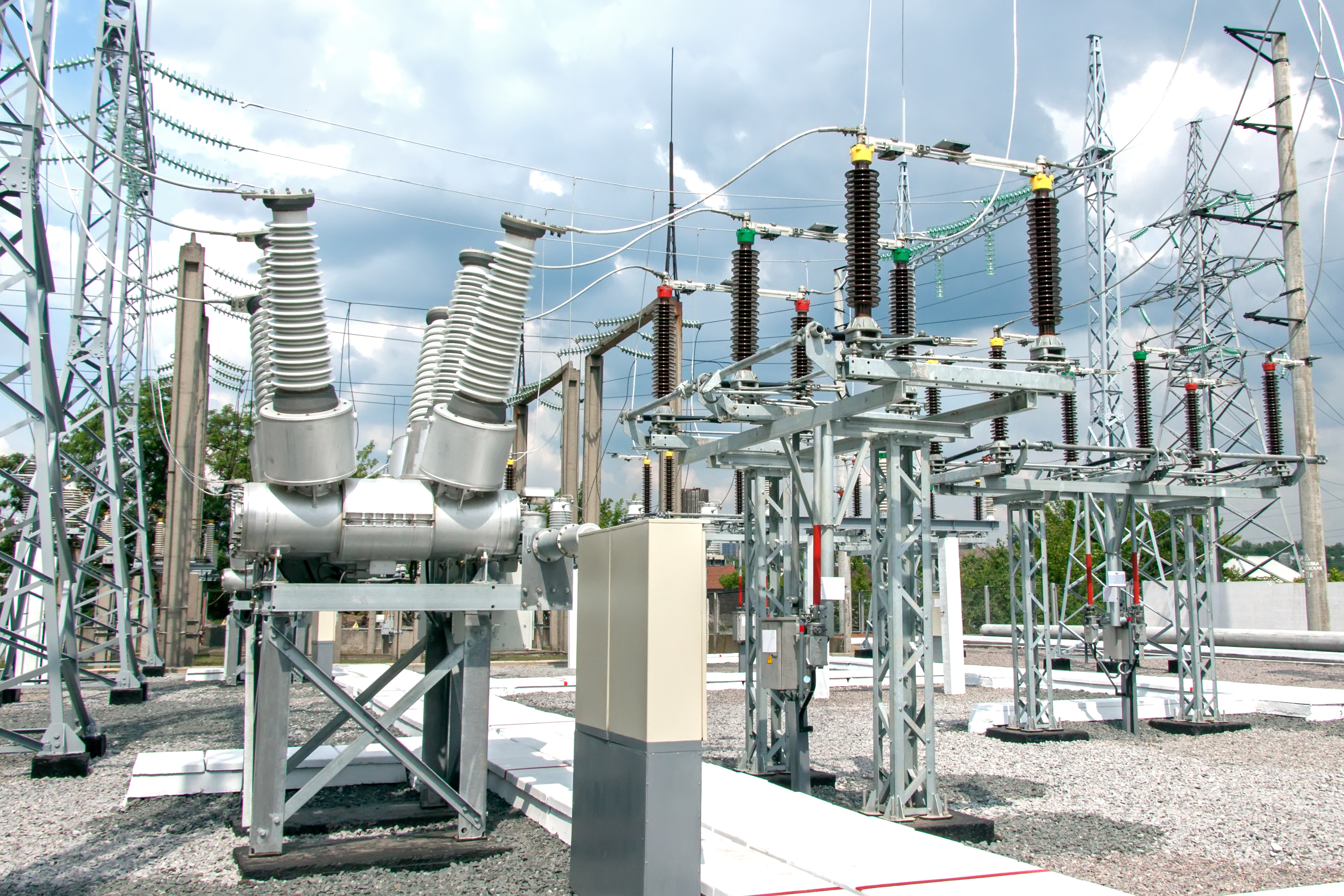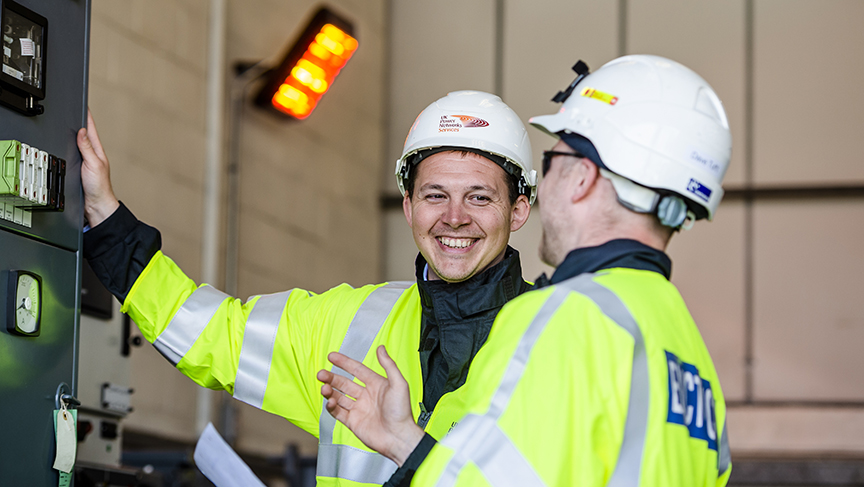Insight
Put asset strategy at the centre of your sustainability vision

Kieran Coughlan, Head of Strategic Advisory Services, talks you through how creating an effective asset management strategy for your electrical network could hold the key to delivering on sustainability.
Governments, organisations and businesses across the globe have published their net zero plans to tackle the climate crisis. This stream of publications, coupled with intense attention brought about by IPCC reports, media articles, and events like COP26, is certainly an important initial step. However, the target to reach zero greenhouse gas emissions by 2050 becomes harder to achieve if we do not act immediately to cut our impact on the environment. While there’s no simple, straightforward solution to make a net zero network today, creating an effective asset management strategy is a fundamental place to start.
There certainly has been a lot of long-term thinking, even just within the UK. Since November 2020, the UK Government has published ten major reports and plans on lowering emissions, each answering one or more of the big climate questions: heat, hydrogen, buildings, transport, industry, generation, storage, nuclear, or all the above. That’s more than 1,300 pages of high-level strategic planning, before the myriad of green financing investment papers from the Treasury over the same period.
Many companies in the industries we are partners with have also published their own emission commitments. Sustainable Aviation, which counts most major UK airlines and airports among its members and signatories, has committed to net zero emissions by 2050. In healthcare, the NHS launched its ‘Greener NHS’ plan in 2021. The manufacturing sector has published a ‘Net Zero Roadmap’ outlining a target for scope 1 and 2 emissions by 2035. The Government had already previously worked with the marine sector to launch a Clean Maritime Plan in 2019.
All this vital work ensures our society has a long-term strategy with clear, achievable sustainability objectives that clarify accountability and pave the way for a better world. However, for many organisations – especially those still adapting to the here-and-now economic challenges of the pandemic – targets like 2035 to 2050 can seem some way off. Running the race to reach long-term climate goals isn’t about reinventing the wheel; but adapting with immediate effect to make a positive impact now, while building the foundations for a total perspective shift in how electrical networks are run. That is where we believe effective asset strategy, management and stewardship is imperative.

Each industry has its own bespoke pressures and challenges, but we all rely on power and the critical role electrical infrastructure will play in reducing emissions. Whether you are introducing renewables to power your business, electrifying your fleet, building a more resilient network to continue your operations uninterrupted, or growing the UK’s position in the global market by building new opportunities for manufacturing and technology: switchgear, substations, transformers, cables – electrical network assets – will be how you get there.
Creating an effective asset strategy starts with having accurate records of the population of electrical assets you are already using or are in the process of introducing. Managing those assets in line with your organisation’s objectives is a specialist subject. Your strategy should carefully define when to replace your existing equipment to maximise performance, optimise the investment on your network, consider the technological innovations you should integrate, and how and when to dispose of obsolete equipment. The goal here is to enhance how you manage your assets so you can be as efficient and sustainable as possible. An asset strategy will also be holistic, creating a detailed outline for asset governance, safety, planning, and compliance.
That’s where you can turn a strategy into a real-life plan, across one site or many. You can immediately begin taking better care of your assets through maintenance, replacement, or repairs of those which you already have. You can identify how to get the best out of your assets and upgrade your network, exploring new greener electrical infrastructure technology which is beginning to dominate the market. You could consider a strategic investment plan to install solar, retrofit some of your assets with remote control devices, review the continued risk of high-risk assets and develop plans to modify or remove them from use, or use modelling to identify the most efficient and sustainable way to maintain your network.
If your sustainability plan relies on future technologies that may currently be out of reach or unavailable, you can integrate current control and automation software with the possibility of allowing you to be ready for an ‘Internet-of-Things’ solution which you can augment later. Whatever your specific targets, an infrastructure strategy will help your organisation turn long-term ambitions into real-life actions, building towards your ultimate objective.

We are actively working with many of our clients to make this type of long-term asset management and stewardship a critical part of their sustainability strategy. While each industry has different sources of emissions (and emission reduction goals), the infrastructure assets used to reach those goals are the same.
Last month we announced a partnership with Peel Ports Group to undertake detailed modeling and analysis as they gear up to manage their complex network assets and become a net zero port operator by 2040. This year we’ve also worked with Gatwick Airport and bp pulse to enable new asset infrastructure to connect an ultra-rapid charge stop at the airport.
As with any transformational programme, achieving the long-term sustainability vision for your organisation will need dedication, determination, and expert guidance. An effective asset infrastructure strategy can give you the peace of mind that effective asset stewardship is in place for the assets you rely on. You can be confident that the technical network you rely on is being maintained and upgraded, allowing you to reach your ambitions, freeing you to concentrate on running your business, and safe in the knowledge that your electricity assets are working for you as they should.




